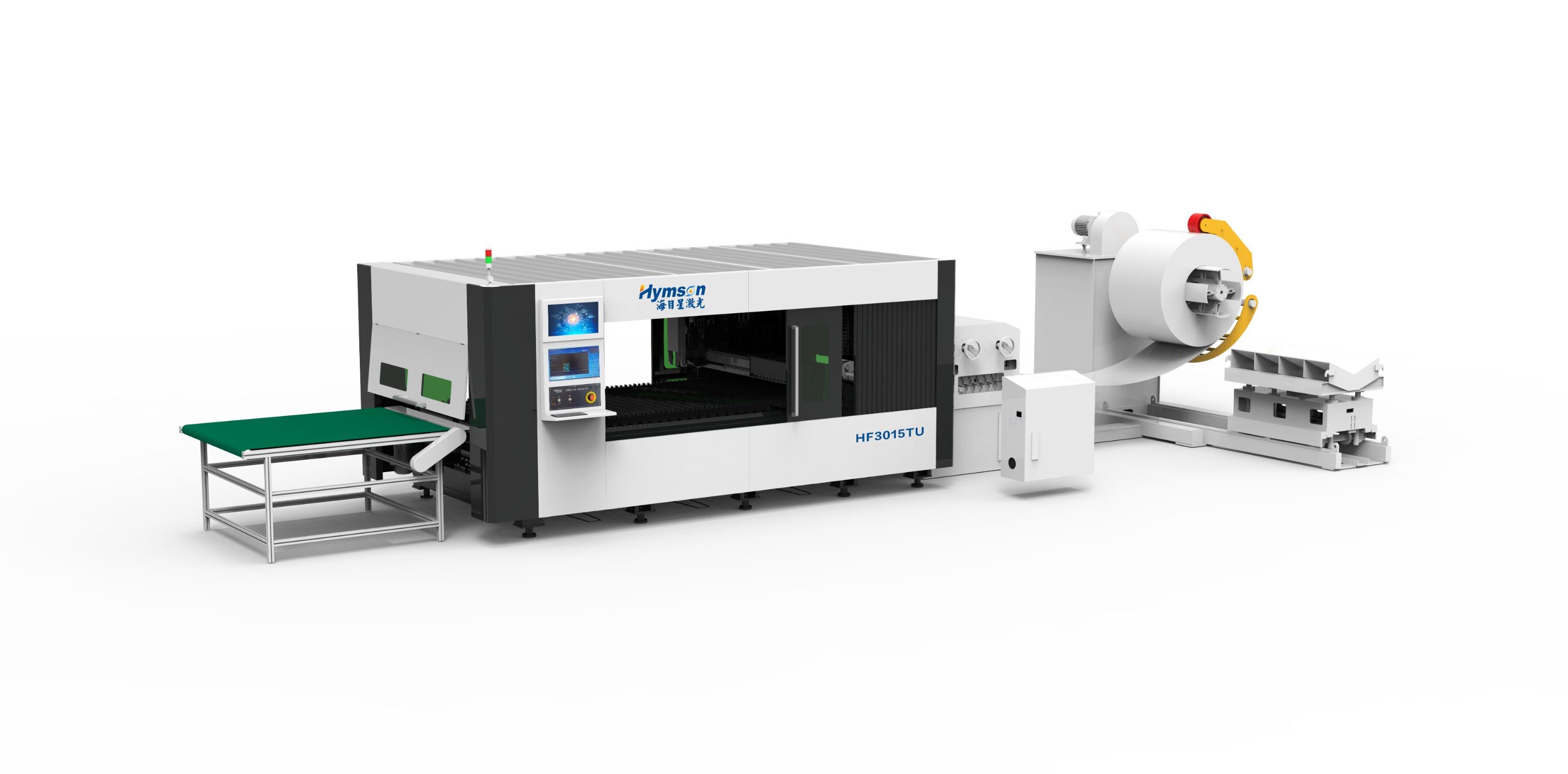Sheet metal laser cutting is a computer-controlled process that uses a laser beam to cut through sheet metal with extreme precision. This method offers several advantages over traditional cutting methods, including greater customization, efficiency, and cost-effectiveness.
The Laser Cutting Process
Material Preparation
Before the sheet metal laser cutting can begin, the sheet metal must be prepared by cleaning and flattening the surface. Any burrs, dents, or scratches can affect the precision of the cut and should be removed.
Computer-Aided Design
The next step is to create a computer-aided design (CAD) file of the part or component to be cut. This file is uploaded to the laser cutting equipment, creating a cutting path based on the design.
Laser Cutting Equipment
The sheet metal laser cutting equipment uses a focused laser beam to cut through the sheet metal along the cutting path. Different types of laser cutting equipment are available, including CO2 and fiber lasers, each with its own advantages and limitations.
Post-Cutting Finishing
After the cutting process is complete, the cut edges may require deburring, polishing, or other finishing processes to ensure a smooth and clean surface.
Factors Affecting Laser Cutting Quality
Material Thickness:Thicker sheet metal requires a more powerful laser and a slower cutting speed to achieve a clean cut without distortion or warping.
Cutting Speed: The cutting speed affects the quality of the cut, with faster speeds resulting in rougher edges and slower speeds resulting in a smoother cut. However, slower speeds also increase production time and cost.
Focus: The laser beam must be precisely focused to achieve the desired cutting depth and edge quality. Improper focus can result in a wider cut, uneven edges, and reduced cutting speed.
Gas Type and Pressure: Different types of gases, such as nitrogen, oxygen, or compressed air, can be used to assist with the cutting process and blow away debris. The type and pressure of the gas used can affect the quality of the cut.
Advantages of Sheet Metal Laser Cutting
Precision Cutting
Laser cutting offers unparalleled precision, with the ability to cut intricate shapes and designs with minimal distortion or warping.
Customization
The use of CAD files allows for easy customization and rapid prototyping, making sheet metal laser cutting an ideal choice for small production runs and one-off designs.
Efficiency
Laser cutting is a fast and efficient process, with minimal waste and reduced production times compared to traditional cutting methods.
Cost-effectiveness
While the initial investment in laser cutting equipment can be significant, the cost per cut is generally lower than traditional methods due to reduced labor costs and increased efficiency.
Industry Applications of Sheet Metal Laser Cutting
Aerospace:Sheet metal laser cutting is commonly used in the aerospace industry for the precision cutting of components and parts.
Automotive: The automotive industry uses laser cutting for the production of complex parts, such as door panels, and for customization options, such as logos and designs.
Electronics: The precision and customization capabilities of sheet metal laser cutting make it ideal for the production of electronic enclosures and components.
Medical Devices: Laser cutting is used in the production of medical devices, such as implants and surgical tools, where precision and cleanliness are critical.
Architecture and Construction: Sheet metal laser cutting is used in the construction industry to produce custom facades, decorative elements, and structural components.
Conclusion
Sheet metal laser cutting offers unparalleled precision, customization, efficiency, and cost-effectiveness, making it an ideal choice for a wide range of industries and applications. By following best practices and optimizing cutting parameters, manufacturers can achieve high-quality cuts and maximize the benefits of this advanced cutting technology.
Share This Post:


